A conductive biomaterial that supports the growth of cardiac muscle cells and facilitates their synchronous beating holds great potential for cardiac tissue engineering.
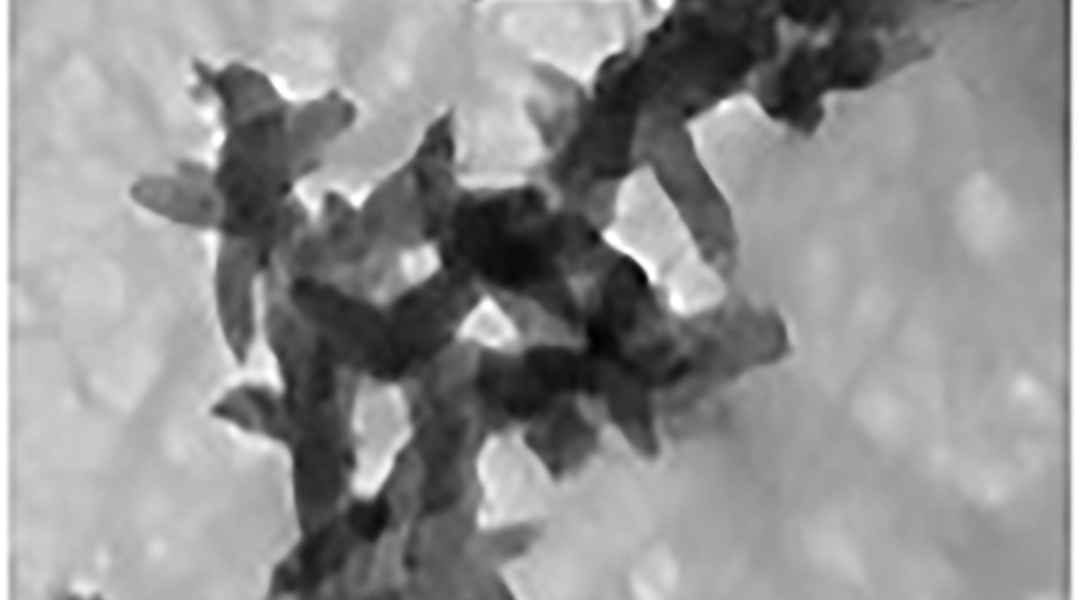

A conductive biomaterial that supports the growth of cardiac muscle cells and facilitates their synchronous beating holds great potential for cardiac tissue engineering.

Electroconductive hydrogels resemble the extracellular matrix in tissues, enabling cell growth, proliferation, and migration.
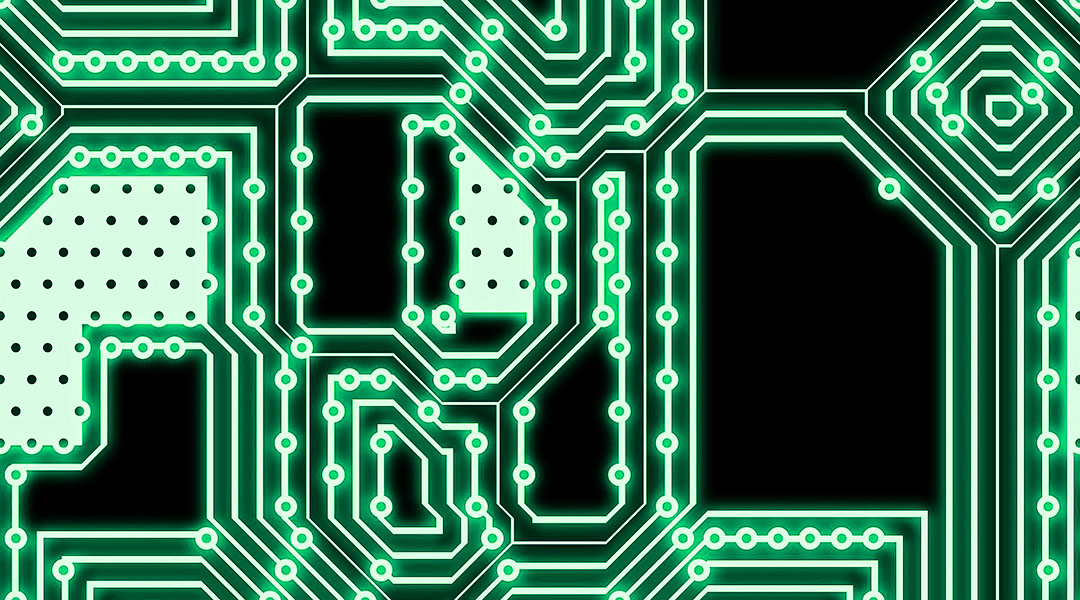
Electrically conductive hydrogels are a promising platform for flexible supercapacitors and batteries.
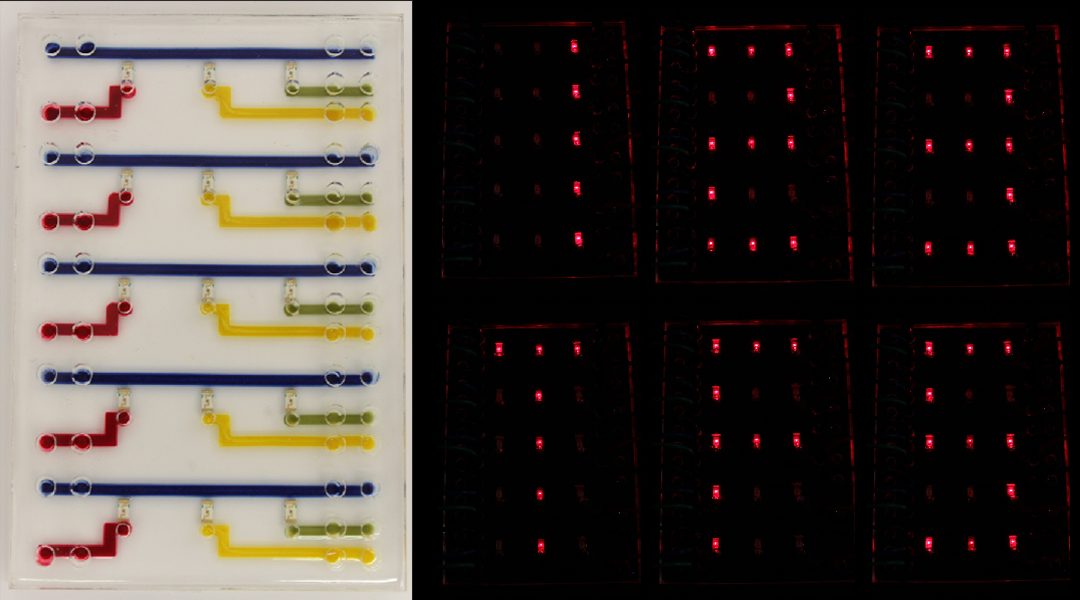
Complex, aqueous-stable, hydrogel ionic circuits towards transparent, flexible, biocompatible bioelectronic devices.
![Enzyme-Like Hydrogel for Biosensing Applications [Video]](https://www.advancedsciencenews.com/wp-content/uploads/2018/02/adma201706887_ASN_image.png)
Professor Feng Zhang from Guangzhou Medical University, Professor Hao Pei from East China Normal University, and co-workers report a flexible electrochemical sensor based on a 3D-printable hydrogel. The device could be used as a glucose sensor, demonstrating its potential in biosensing applications.
![A Hybrid Hydrogel Ink for Smart Materials [Video]](https://www.advancedsciencenews.com/wp-content/uploads/2018/02/adfm201705365_ASM_image.png)
A functional hybrid ink for 3D-printed hydrogels is developed by Shlomo Magdassi from the Hebrew University of Jerusalem, Yi Long from Nanyang Technological University, and their colleagues. Their simple approach enables the printing of smart materials with high flexibility.

The new self-healing hydrogel can recover its functionalities after being cut, without external stimuli.
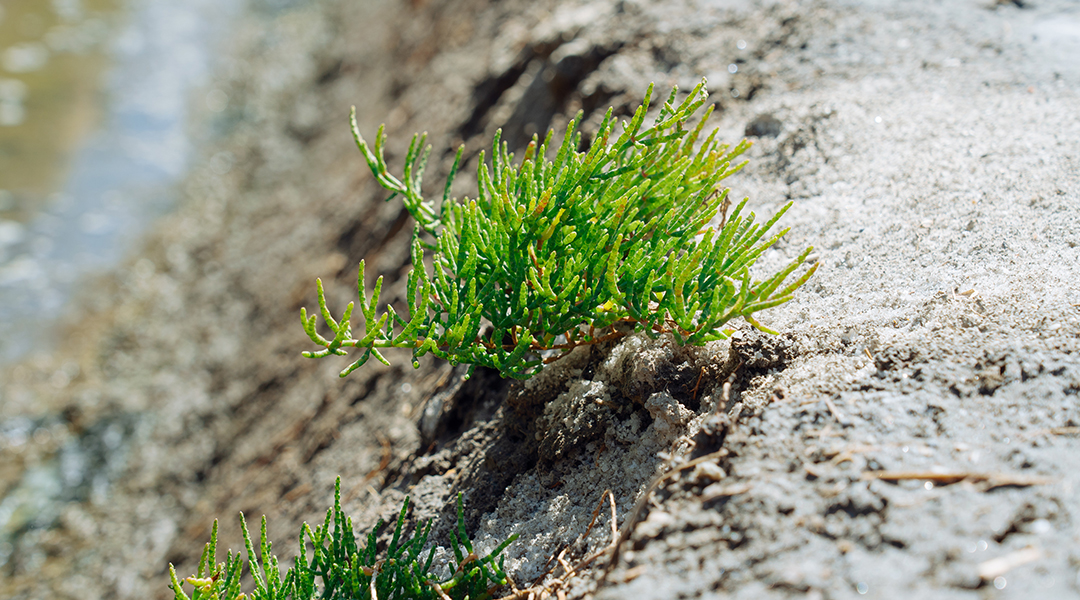
Inspired by sea asparagus, scientists design a conductive hydrogel that is stronger than natural rubbers and adapted for extreme environments.
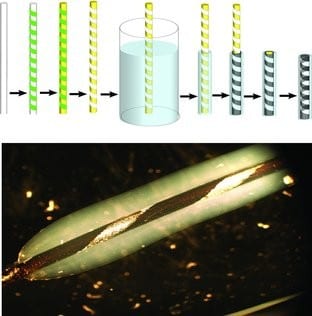
Scientists have developed a novel nerve construct: artificial hybrid conducting polymer-hydrogel conduits are used to repair peripheral nerve gaps.
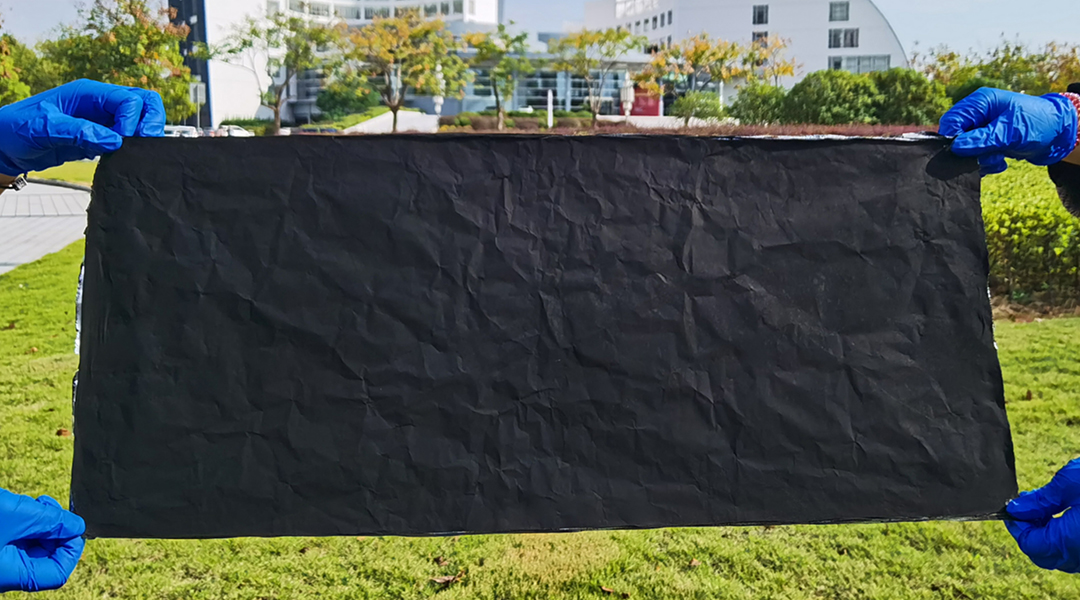
Researchers create a multi-layered electronic skin that mimics human skin with applications ranging from robotics to telehealth.